What Gloves Do MLB Players Use
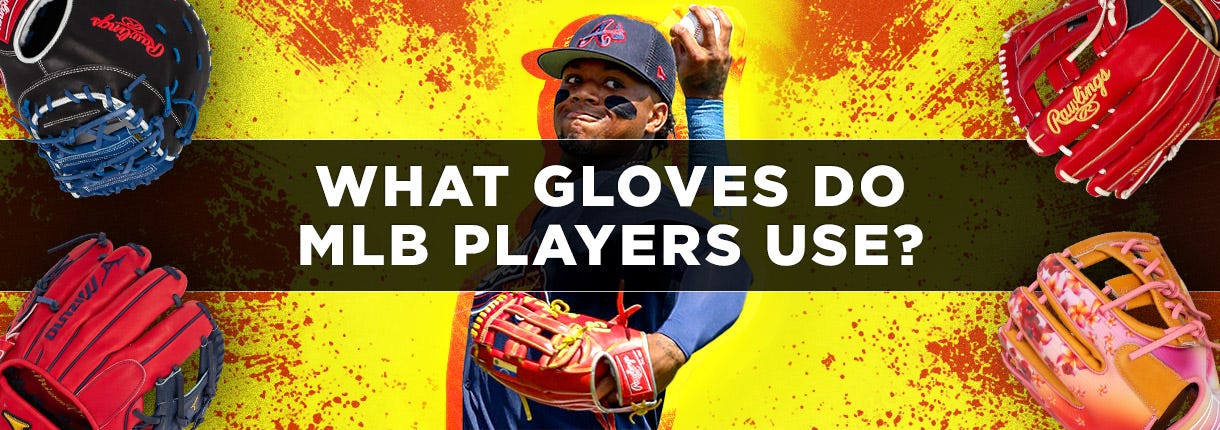
In Major League Baseball (MLB), gloves play a pivotal role in the game, serving as essential tools for defense and performance. These are meticulously crafted and designed to enhance a player's ability to catch, field, and control the ball precisely. Beyond their functional importance, gloves are tailored to specific positions, offering features like extra padding for catchers or specialized web patterns for outfielders to maximize efficiency. For many players, gloves also hold personal significance, often reflecting their unique preferences and style. As the game evolves, advancements in glove design continue to push the boundaries of performance and style.
In this article we will discuss:
Most Popular Gloves in MLB
According to the website WhatProsWear, Rawlings held the top spot among MLB starters in 2023 (Excluding Pitchers and Catchers). Keep reading to see the breakdown of brands and web styles!
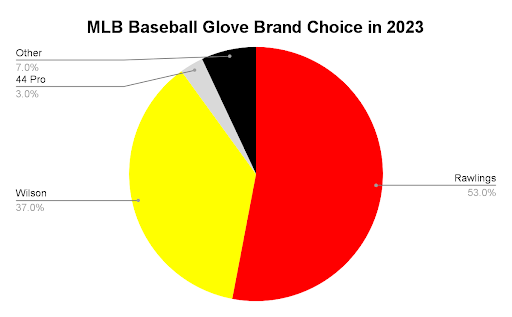

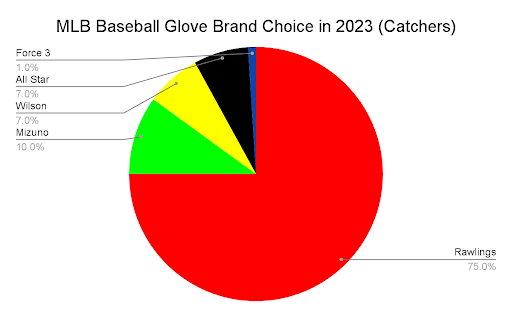



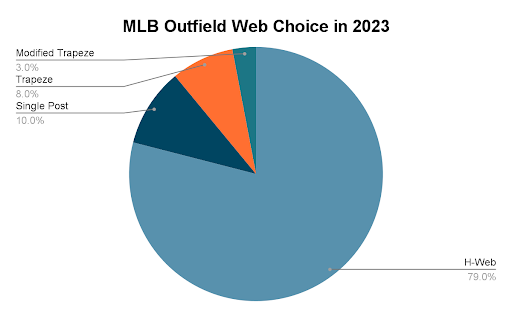

Player |
Position |
Glove Brand |
Model |
Nolan Arenado
|
3B |
Rawlings |
Heart of the Hide |
Glove
Player |
Position |
Glove Brand |
Model |
Martin Maldonado
|
C |
All-Star |
CM3000MBK |
Glove
Player |
Position |
Glove Brand |
Model |
Francisco Lindor
|
SS |
Rawlings |
REV1X |
Glove
Player |
Position |
Glove Brand |
Model |
Mike Trout
|
OF |
Rawlings |
Pro Preferred |
Glove
Player |
Position |
Glove Brand |
Model |
Mike Soroka
|
P |
Mizuno |
Pro Series |
Glove
Player |
Position |
Glove Brand |
Model |
Ronald Acuna Jr.
|
OF |
Rawlings |
Pro Preferred |
Glove
Player |
Position |
Glove Brand |
Model |
Austin Riley
|
3B |
Mizuno |
Pro Series |
Glove
Player |
Position |
Glove Brand |
Model |
Alex Bregman
|
3B |
Marucci |
Capitol |
Glove
Player |
Position |
Glove Brand |
Model |
Andrelton Simmons
|
SS |
Mizuno |
Pro Series |
Glove
Player |
Position |
Glove Brand |
Model |
Anthony Rizzo
|
1B |
Rawlings |
Pro Preferred |
Glove
MLB Glove Customization
In Major League Baseball, players often customize their gloves to align with their unique playing styles, positions, and personal preferences, turning these essential tools into finely tuned extensions of their skills. Customization options include selecting leather type, webbing style, and even intricate details like color schemes and embroidered names or numbers. For instance, infielders like Francisco Lindor opt for exciting colors and patterns, while outfielders like Mike Trout prefer classic colors. Pitchers often prioritize gloves with closed webbing to conceal their grip on the ball. Beyond functionality, these personalized touches also allow players to express their individuality, with many drawing inspiration from cultural heritage, favorite colors, or even meaningful symbols. These customizations not only enhance performance but also provide players with a sense of identity and comfort on the field.
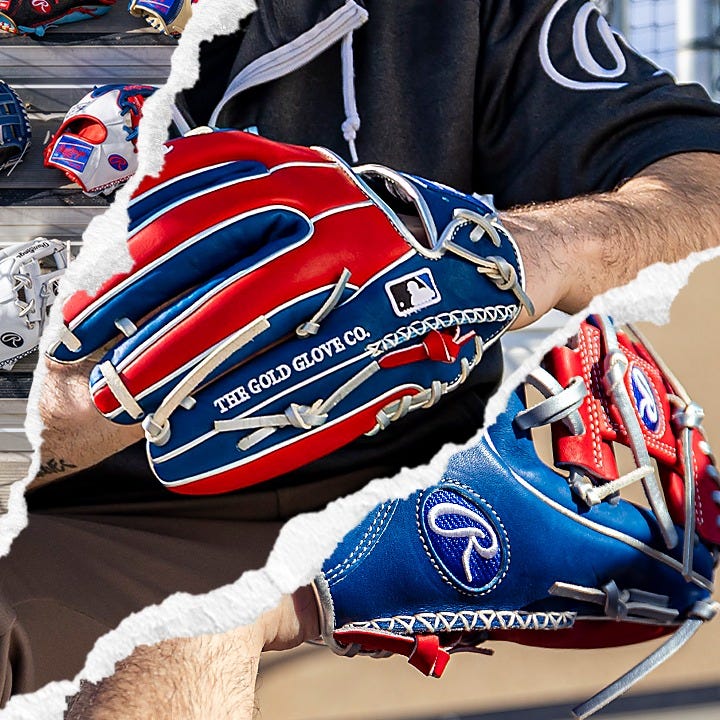

Choosing the Right MLB Glove
Choosing the right baseball glove is crucial for maximizing performance and comfort on the field. Whether you're a beginner or an experienced player, understanding the key factors in selecting a glove can make all the difference. Gloves vary widely in size, webbing, and materials, so aligning your choice with your position and preferences is essential.
Key Factors to Consider:
- Position Requirements: Different positions require specialized gloves. Infielders typically use smaller gloves (11-12 inches) with shallow pockets for quick transfers, while outfielders benefit from larger gloves (12.5-13 inches) with deeper pockets for catching fly balls. Catchers and first basemen require mitts designed specifically for their roles.
- Webbing Style: The webbing affects visibility and control. Open webs like H-Webs or Trapeze patterns are ideal for outfielders and third basemen, while closed webs are favored by pitchers to hide their grip.
- Material: High-quality leather gloves, such as those made from steer hide or kip leather, offer durability and a snug fit but may require longer break-in periods. Synthetic gloves are lighter and easier to break in, making them suitable for younger players or casual use.
- Fit and Comfort: A glove should feel snug but not overly tight. Adjustable straps or laces can help achieve a secure fit. Always try on gloves to ensure proper sizing for your hand or view our Baseball Glove Size Guide.
- Break-In Time: Some gloves come game-ready, while others require a break-in process. Be sure to account for the time needed to mold the glove to your hand and playing style.
Additional Tips:
- Research brands known for quality, such as Rawlings, Marucci, and Mizuno, to find a model that suits your needs.
- For younger players, opt for lightweight options that are easier to handle.
- Regularly condition and clean your glove to maintain its shape and extend its lifespan.
By considering these factors and tailoring your choice to your needs, you can find a glove that enhances your performance and provides comfort throughout the game.
What Gloves Do MLB Players Use - Frequently Asked Questions
- What brands of gloves do most MLB players use?
- Top brands include Rawlings, Wilson, and Mizuno. Popular models are Rawlings Pro Preferred, Wilson A2K, and Mizuno Pro Limited.
- Why do different positions use different types of gloves?
- Infielders: Smaller gloves with shallow pockets for quick transfers.
- Outfielders: Larger gloves with deep pockets to secure fly balls.
- Pitchers: Closed webbing to conceal pitch grips.
- Catchers/First Basemen: Specially designed mitts for maximum protection and ease of catching.
- How are the gloves of MLB players customized?
- Leather type and padding for comfort.
- Webbing style tailored to their position.
- Aesthetic touches like color schemes, embroidered names, or symbols.
- How have baseball gloves evolved over time?
- Early gloves were simple leather pads for protection. Over decades, gloves have evolved to include: Larger pockets and advanced webbing. Durable, lightweight materials. Position-specific designs for specialized roles.
- What should I consider when choosing a baseball glove similar to those used in MLB?
- Position: Match glove size and webbing to your position.
- Material: Opt for high-quality leather for durability and performance.
- Fit: Ensure a snug, secure fit with adjustable laces.
- Break-In Time: Be prepared for the time needed to mold a premium glove.
- Brand/Model: Research trusted brands like Rawlings, Wilson, or Mizuno.

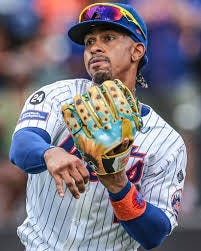
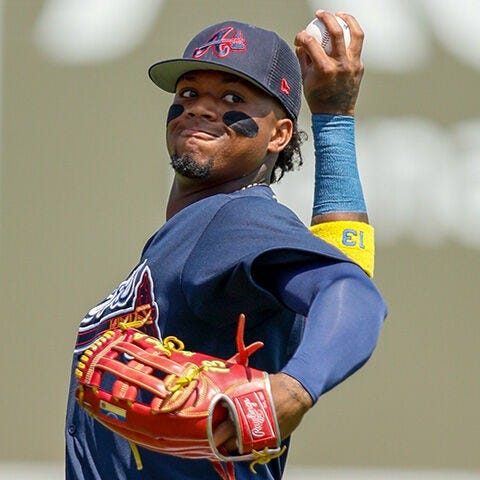


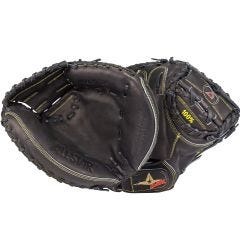


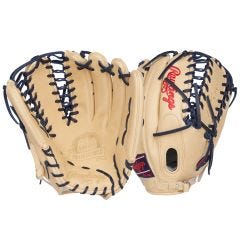
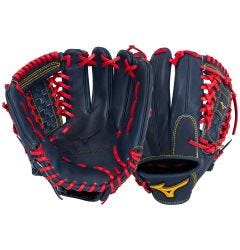





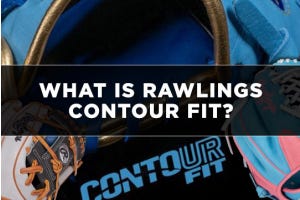
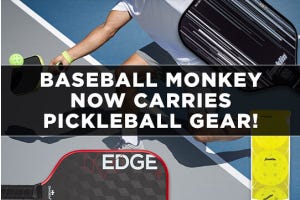
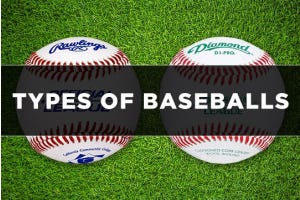
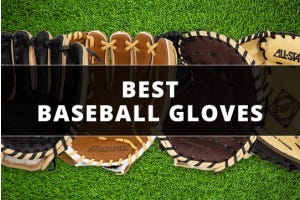
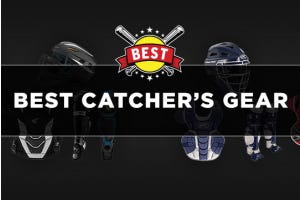
Login and Registration Form
or
Create an account